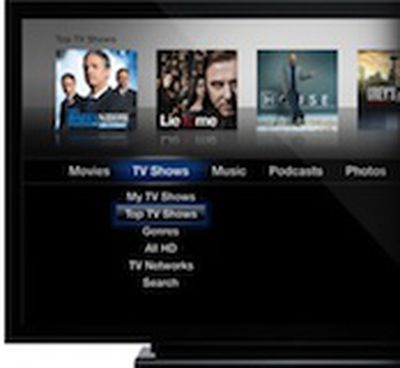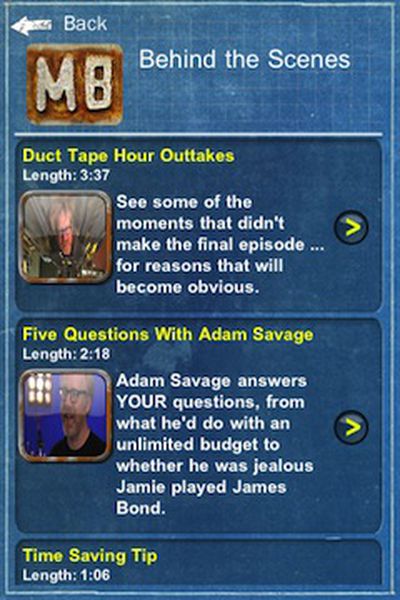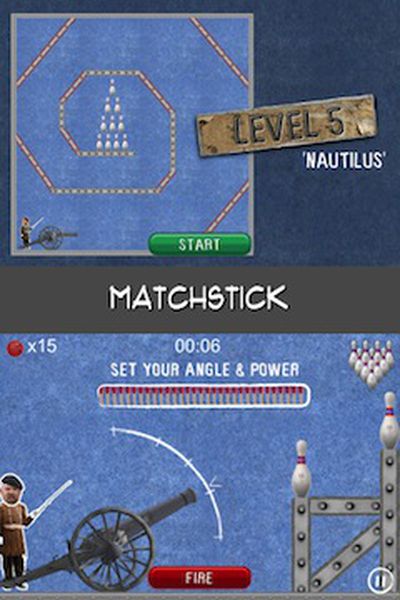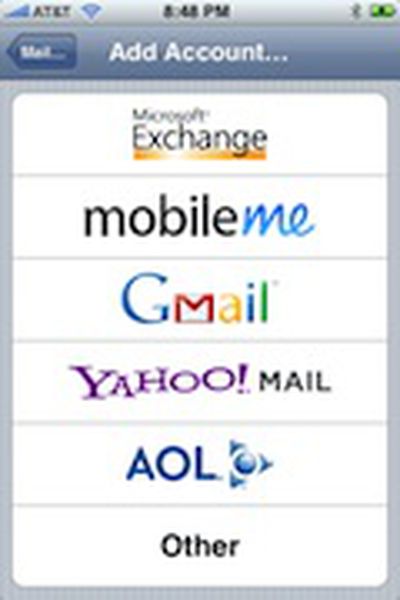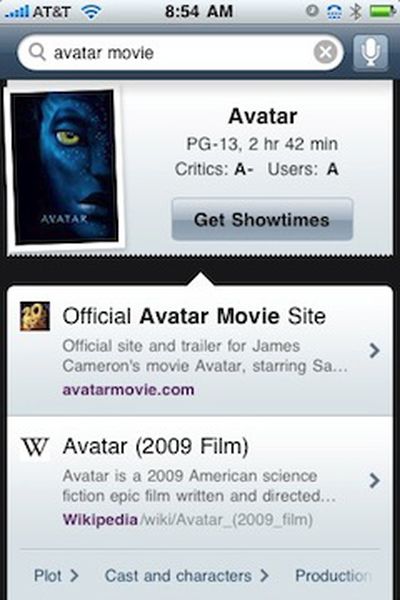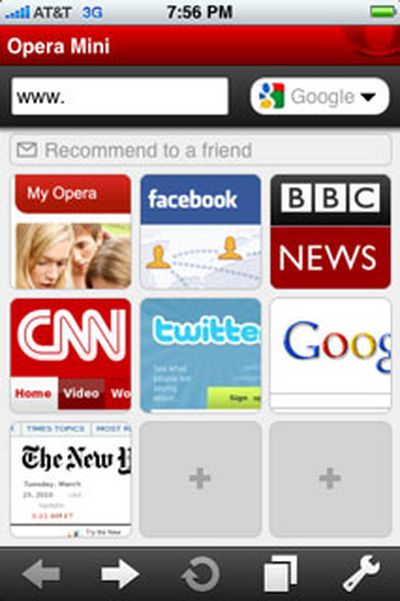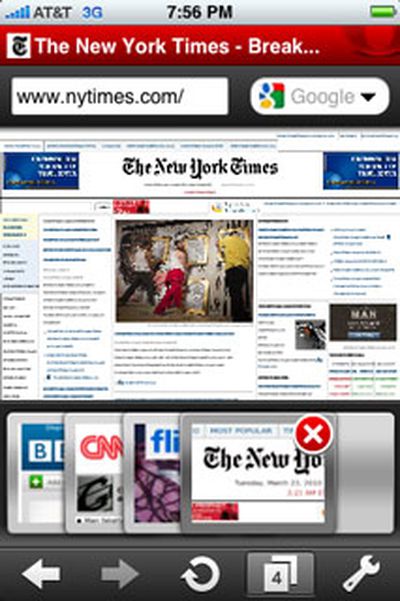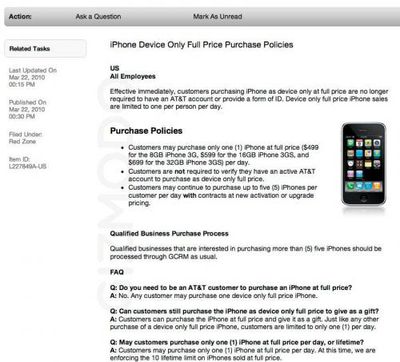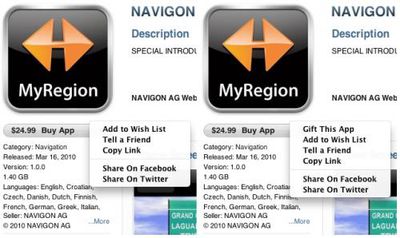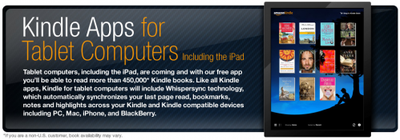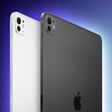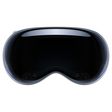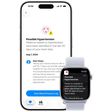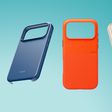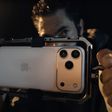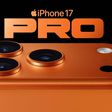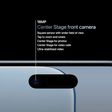The San Jose Mercury News last Friday reported that Apple CEO Steve Jobs made a rare public appearance alongside California governor Arnold Schwarzenegger to promote a new bill in that state to encourage drivers to sign up as organ donors, drawing on his own experience with a liver transplant he received last year in Memphis, Tennessee as motivation for his support.
"I was almost one of the ones that died waiting for a liver in California last year," said Jobs, whippet-thin but healthy. He appeared at a brief event with Gov. Arnold Schwarzenegger to unveil a new legislative effort to greatly expand the number of California organ donors.
In his first public description of his much-rumored but long-secret crisis, Jobs said "there were simply not enough livers in California to go around, and my doctors here advised me to enroll in a transplant program in Memphis, where the supply-demand ratio of livers is more favorable than it is in California."
Jobs noted that he had been fortunate enough to access to a private plane and the resources to be ferried to Memphis within the brief window of time available once a matching donor liver became available, and that California residents of all income levels should have greater access to donor organs in their own state.
As a result of his experience, Jobs worked with California first lady Maria Shriver to spur Schwarzenegger's office to draft legislation that would require driver's license applicants in California to provide either a "yes" or "no" answer to a question regarding their placement on the state's organ donor registry before being issued a license. While applicants are currently offered the ability to add themselves to the registry through the Department of Motor Vehicles, a response is not required, and it appears that many applicants simply skip the question.
The bill also provides for the creation of a "California Living Donor Registry," which aims to connect those in need of a kidney transplant with compatible strangers who have signaled their willingness to donate one of their own kidneys.
A video of the event is available, with Jobs' comments beginning at the 13-minute mark.





